The Museum of Image and Sound (MIS) in Rio is finally nearing completion. Designed by Diller Scofidio + Renfro, it has been seen for years as one of the world’s most exciting new cultural buildings. With an enchanting panorama view over Copacabana Beach.
Any initial hopes that the Museum of Image and Sound (MIS) at Copacabana would open soon were quite literally built on sand. And it was this very sand that brought the project (shortened to “MIS”), which began in 2009, to a veritable standstill when the building site in the heart of Rio, at the entrance to Guanabara Bay, proved to be far more problematic than originally anticipated. In other words, as appealing as beaches are, building on them can be a major headache. There are serious obstacles associated with sandy ground – as evidenced by the many delays in constructing the long-awaited museum extravaganza.
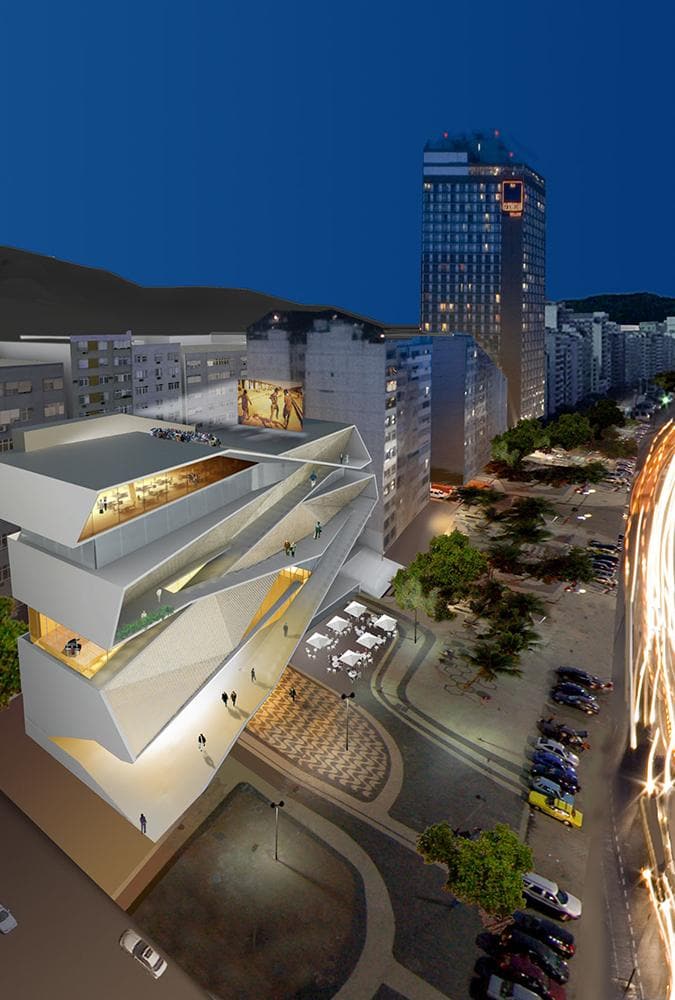
Patience and anticipation
The plans for the new MIS come from high-profile office Diller Scofidio + Renfro. And the concept that won the competition for the New York team of architects more than eleven years ago promises a magnificent cultural destination. After all, the Museum of Image and Sound is regularly ranked among the world’s most eagerly awaited new buildings.
Recently, it was one of the finalists for the New Culture Destination of the Year Award – which is seen as the “Oscar of museums”.
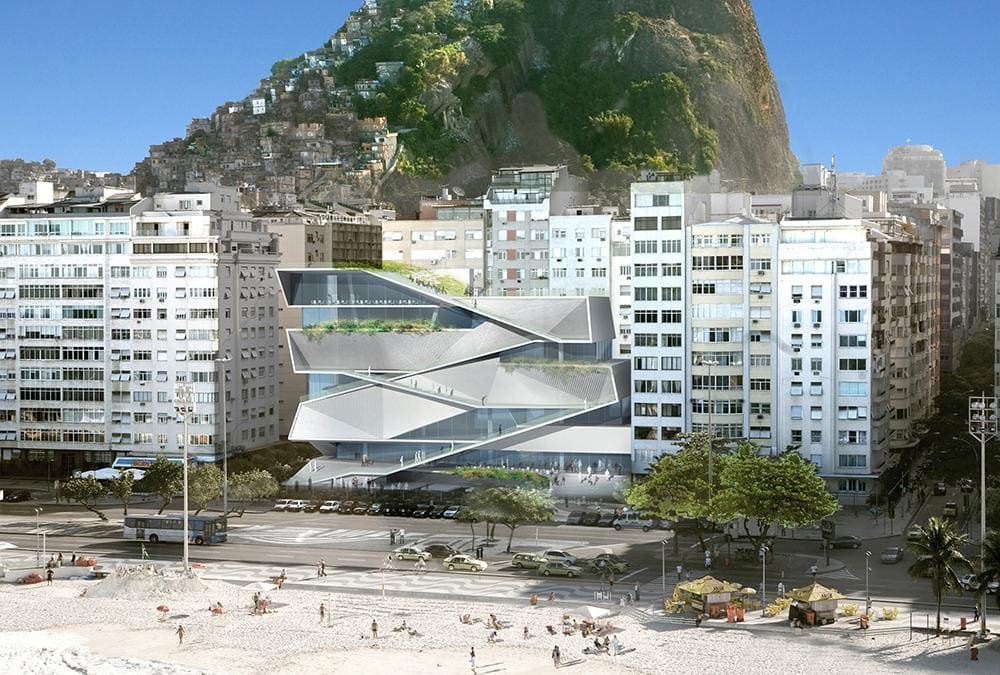
The new building on Avenida Atlântica elegantly conveys the inspiration for its design: the legendary Copacabana beach, the striking promenade designed by Roberto Burle Marx, the coast and the mountain backdrop. The promenade is a key element in the MIS concept. It is the busy public space shared by pedestrians, cyclists and road traffic. The Diller Scofidio + Renfros project looks like an extension of this boulevard, leading vertically into the museum building itself.
Lively cultural hotspot
The vertical boulevard brings together all that is found inside and outside. Gentle and inviting, it passes through indoor and outdoor spaces, creating a network of galleries, education programmes and public areas for leisure and entertainment. And the MIS essentially adopts the DNA of the vibrant promenade even as the facade comprising its public “face” reaches skyward.
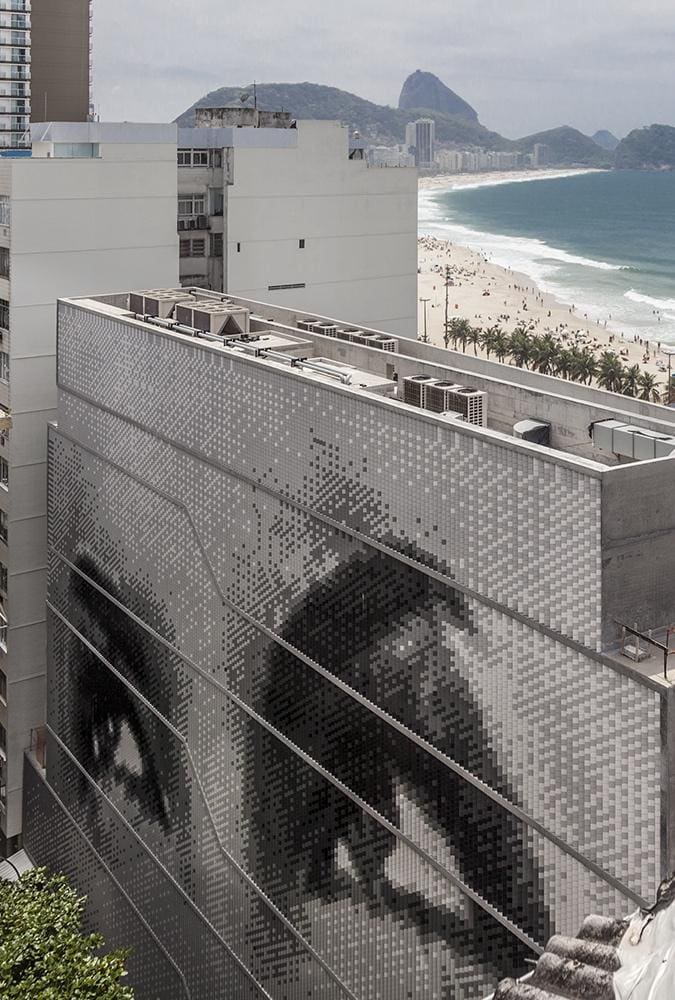
The vertical loop combines Rio’s legendarily colourful street and beach life with the museum’s programme. According to the architects, the MIS itself should be regarded as an instrument that allows the city to be seen in a whole new way. With an enchanting panorama view of the famous Copacabana beach accompanying visitors to the galleries every step of the way.
Finishing touches for Rio’s MIS
The fascinating project is currently in its third phase of construction, focusing on the structural framework, surfaces and installations. The first phase – the demolition of existing buildings – was completed as far back as April 2010. Even though as much as 98% of the demolition material was reused, things went downhill soon afterwards. The foundation construction in Phase 2 was sorely tested by the soil conditions and the densely populated surroundings. In spite of all the studies that were carried out beforehand.
The subsequent need to adapt and revise all construction plans led to further major delays. And to new negotiations with the relevant contractors.
Optimistic projections
And now, at long last, the Museum of Image and Sound is nearly finished. Even though Diller Scofidio + Renfro were at pains to point out that no exact date can be given at present, the museum’s website appears optimistic, reporting that work is progressing well. An interior design company will be chosen soon, indicating that Rio’s long wait for its prestigious new building will soon be at an end. The schedule is already in place. And the financing has been secured.
The project for Rio’s new Museum of Image and Sound originated at the initiative of the Rio de Janeiro state government. The idea was developed by the Department of Culture together with the Roberto Marinho Foundation. Among the financiers are TV Globo, Itaú and Natura, with sponsors Vale, IBM, Light and Ambev also on board.
Modern presentation of Brazilian culture
Once completed, Rio’s Museum of Image and Sound – originally opened in 1965 – will have a spectacular new state-of-the-art home. The archive of this institution, which itself serves primarily as a documentation centre, contains over 30 private collections of photographs, albums, films, videos, instruments and documents. Since 1966, it has also produced its own collection, consisting mainly of recorded interviews and statements by key figures in Brazilian culture.
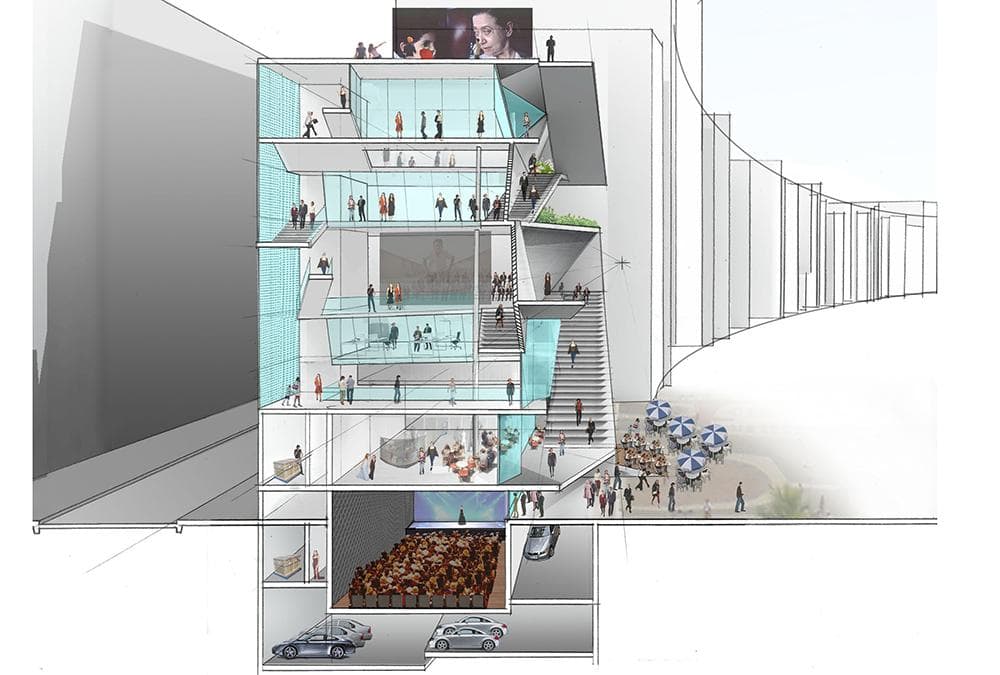
The aim of the new building is to showcase the immense existing collection in a modern way – as a “journey through Brazilian culture” that explores and celebrates its past and present.
Joie de vivre in architecture
On the ground floor of the new Museum of Image and Sound is a virtual “news” kiosk, a shop and a café. The exhibitions begin on the Carioca Spirit floor. Here, they are divided into three sections: humour, rebellion and celebration. The spirit of the legendary carnival will hold sway here all year round.
The next floor – Sweet Rhythm – is devoted to music and radio: documentary films trace the history and development of the samba from its traditional canção roots to samba jazz, bossa nova and modern variants.
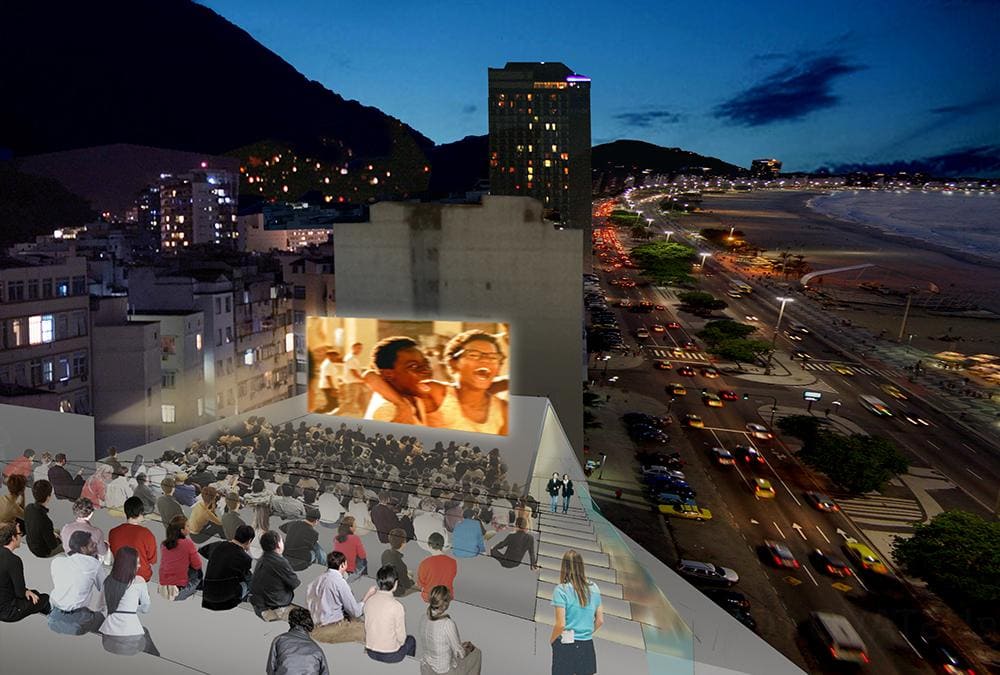
An open-air cinema on the roof of the MIS will show cinematic art complete with a view of Copacabana Beach.
The Joyous Tropics level tips a hat to MIS icon Carmen Miranda, outlining her career from Carioca girl to Hollywood star. It also shines a spotlight on another of Brazil’s important export products: its famous TV shows.
Capturing Rio’s development
Another floor – called It’s the Salt, It’s the Sun, It’s the South – paints an authentic picture of the coastal city: photographs by Augusto Malta and Guilherme Santos take pride of place in the museum collection, documenting Rio’s evolution.
In the basement of the building, visitors can explore Carioca Nights and their historical highlights, pulsating with life and colour. Taking centre stage here is the role of music in Rio’s night life, the funk sound transforming the room into a vibrant Carioca dance party.
Housing all facets of art
As well as the night club, this floor boasts an auditorium with a widely varied film and theatre programme. And on the terrace of the new Museum of Image and Sound is a panorama restaurant and an observation platform that moonlights as an open-air cinema.
Ever since they designed the US Olympic and Paralympic Museum in Colorado Springs, star US architects Diller Scofidio + Renfro have been a byword for barrier-free accessibility. And the impressive cultural buildings in their portfolio include “The Shed” in New York, and the “Juilliard School”, which is nearing completion in Tianjin, China.
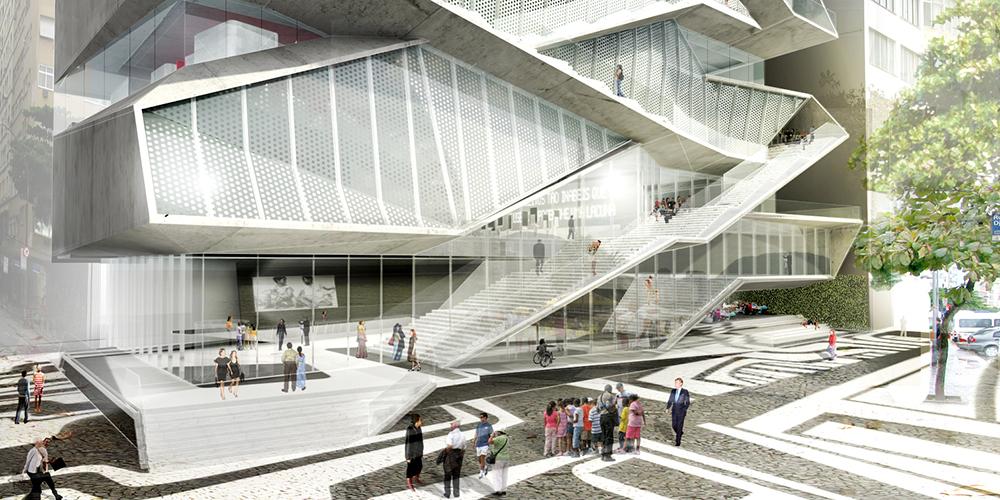
Needless to say, the concept for the Museum of Image and Sound draws on this particular expertise. As well as fulfilling modern sustainability standards, the MIS project complies with all the requirements for LEED certification (Leadership in Energy and Environmental Design) set out by the Green Building Council (USGBC).
For this project, Diller Scofidio + Renfro enlisted the assistance of Brazilian architect Luiz Eduardo Indio da Costa. The landscape design was entrusted to local studio Burle Marx Escritório de Paisagismo.
Everything comes to those who wait
Hopes are high that Rio’s eagerly awaited Museum of Image and Sound will be officially opened this year. However, good things take time – in this case, a very long time. And if even more time is needed before the new building can finally throw open its doors to the public, this will not diminish its grandeur – although the construction time may well give new meaning to the title: “project of a century”.

Text: Elisabeth Schneyder
Translation: Rosemary Bridger-Lippe
Images: Diller Scofidio + Renfro, Okamoto, Jaime Acioli

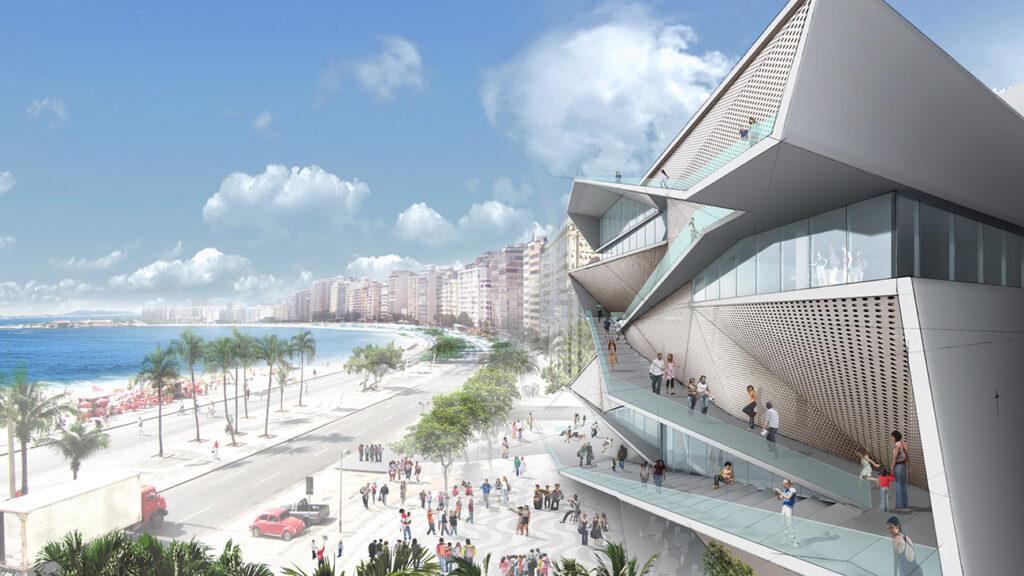
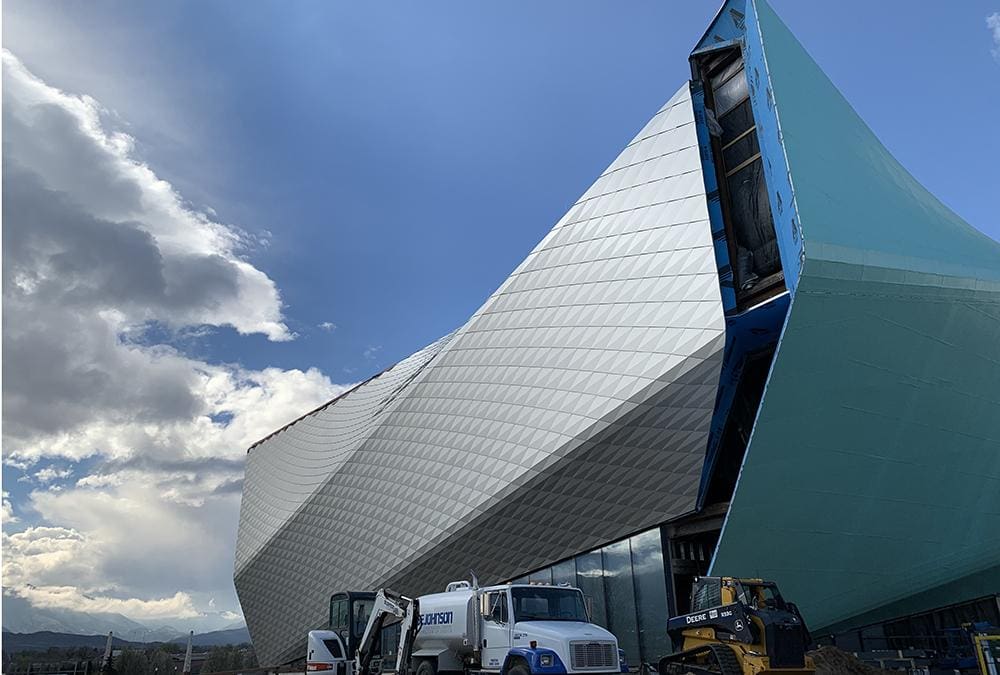
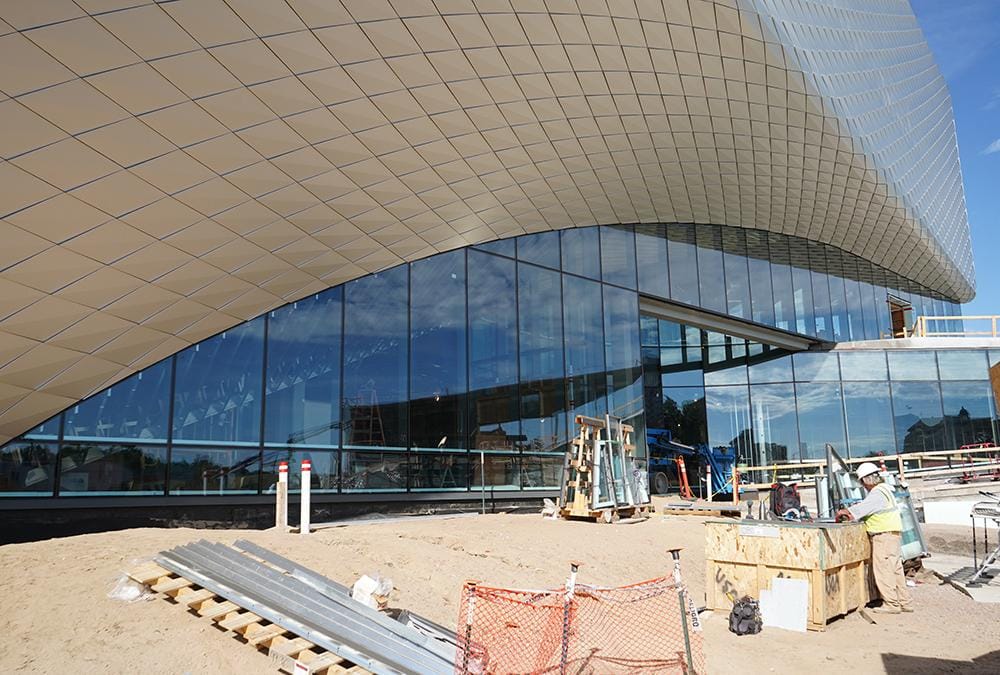
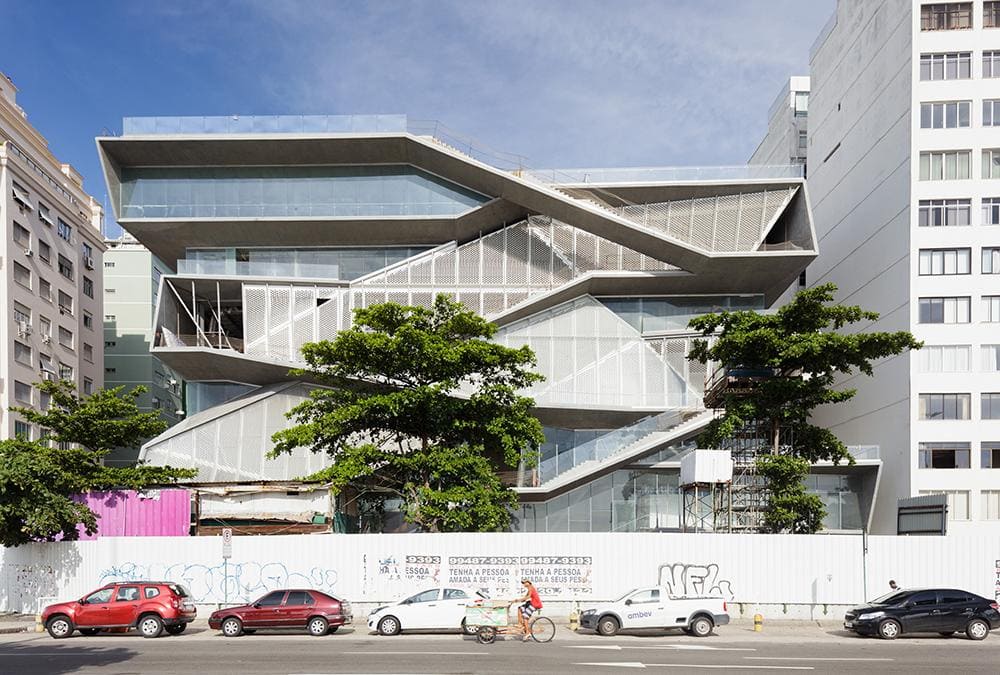
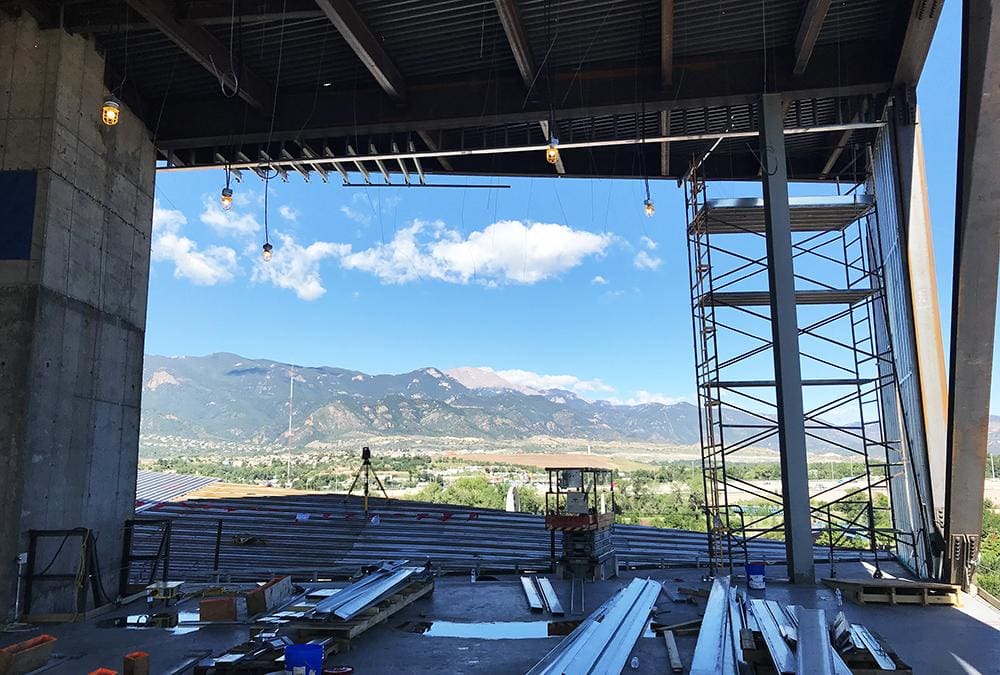
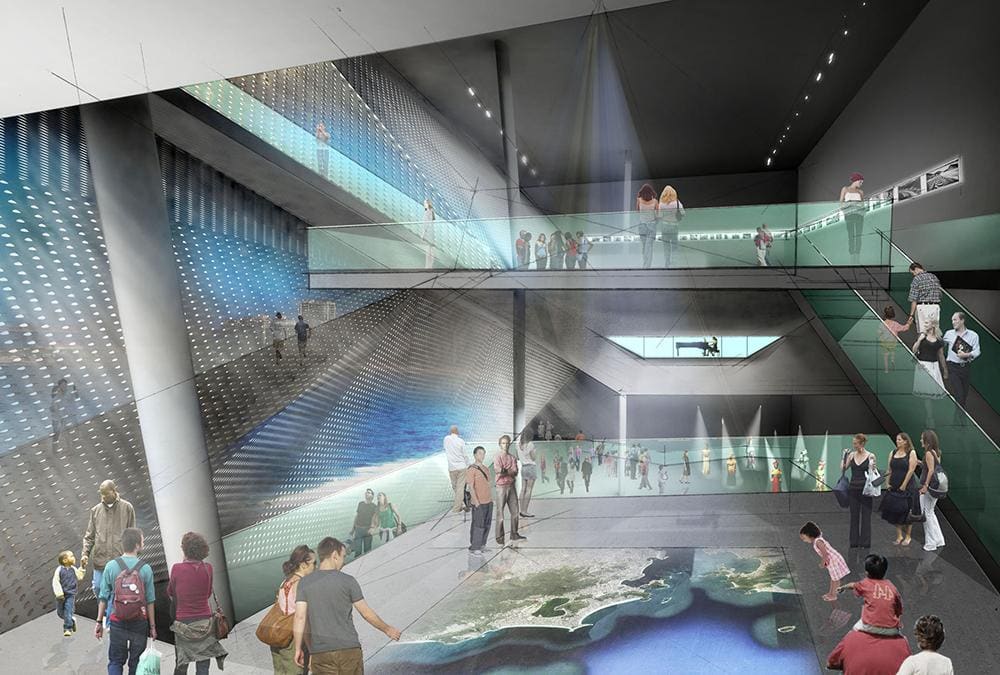
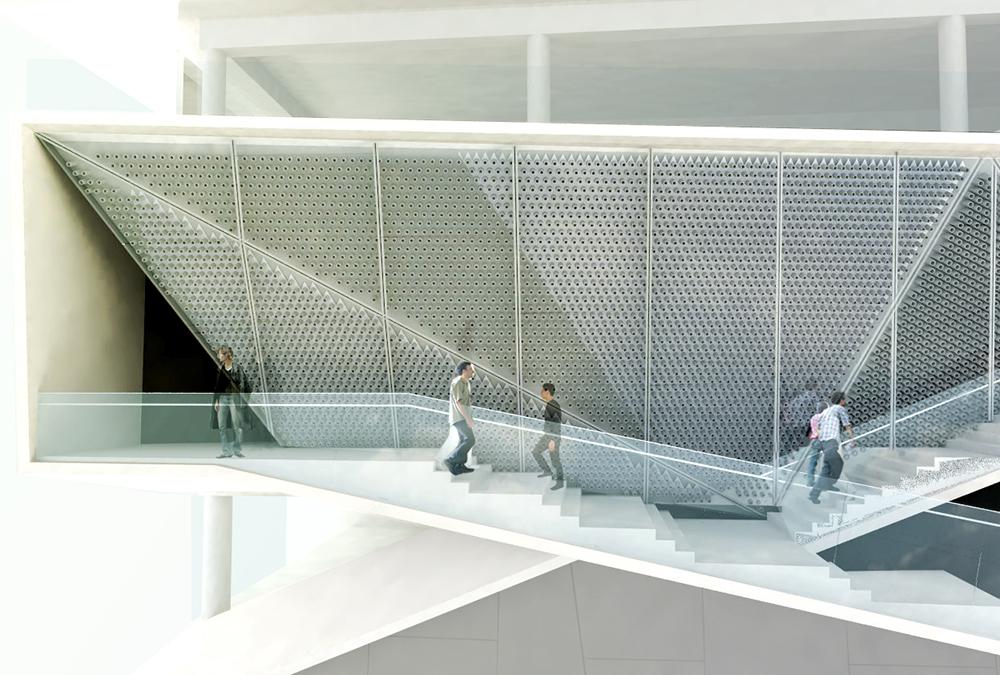
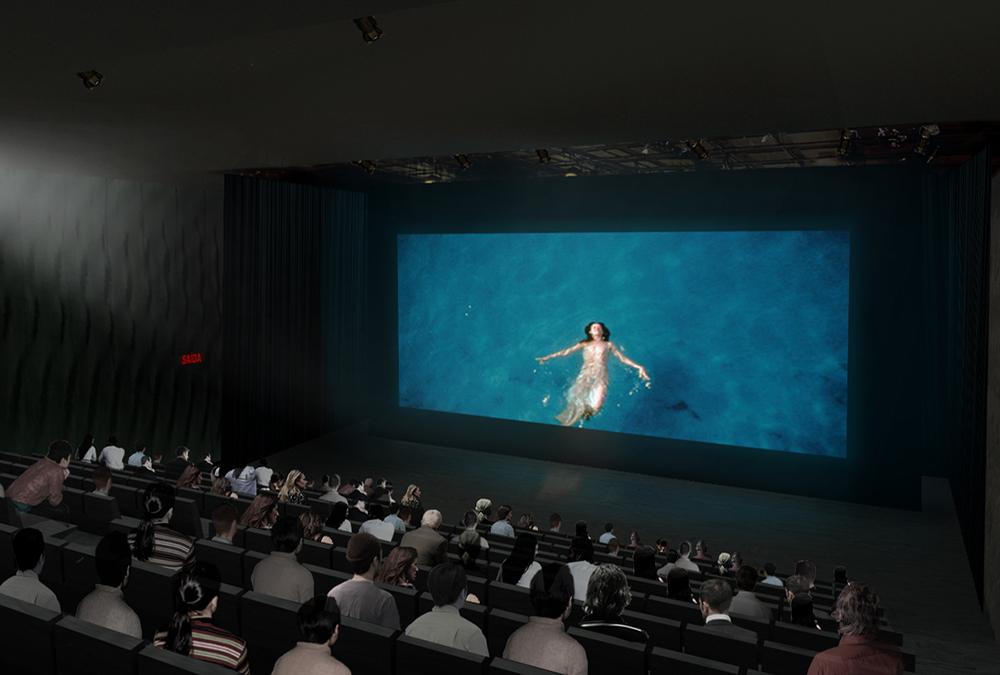
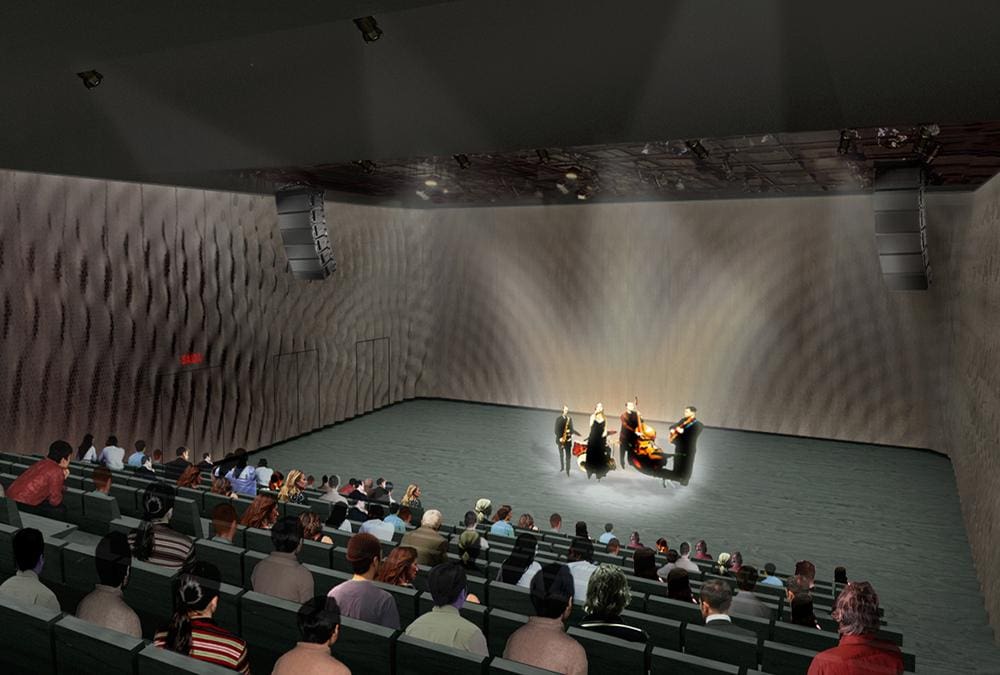
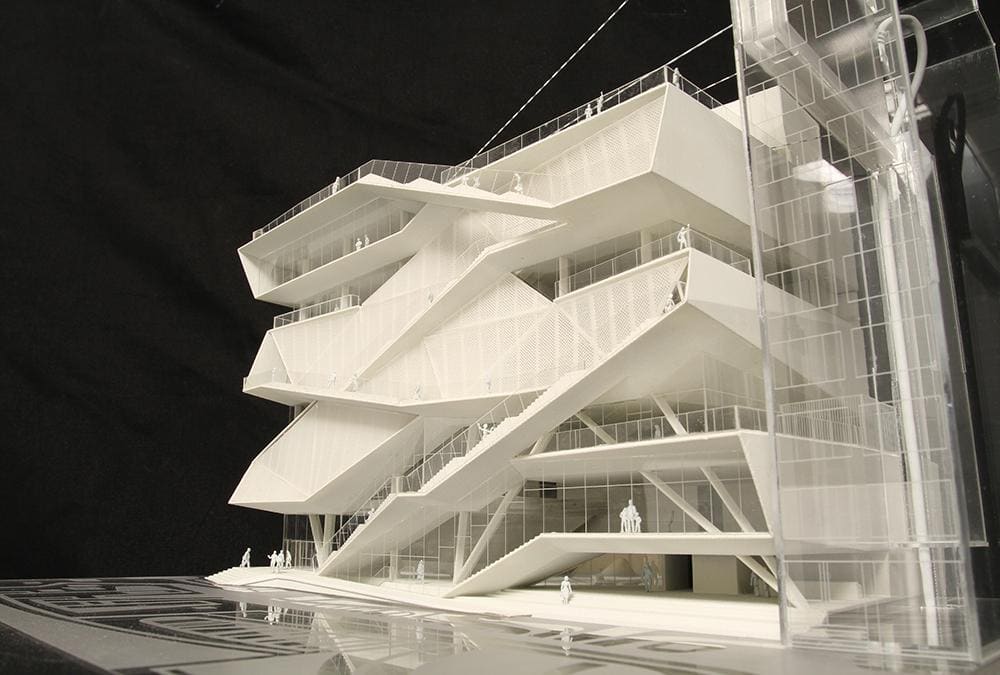
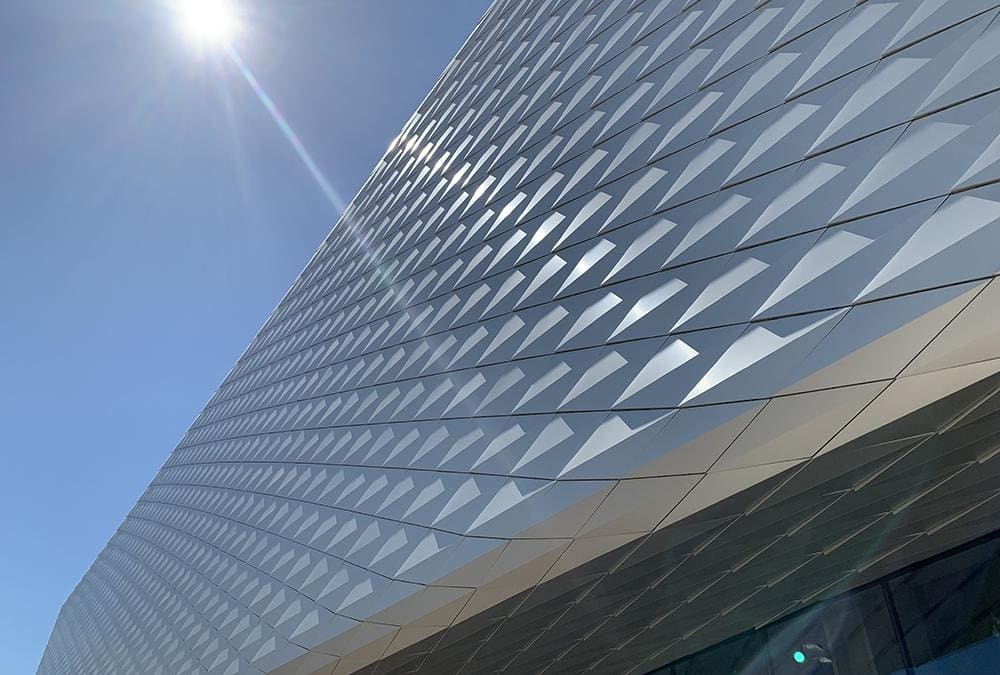
iThere are no comments
Add yours